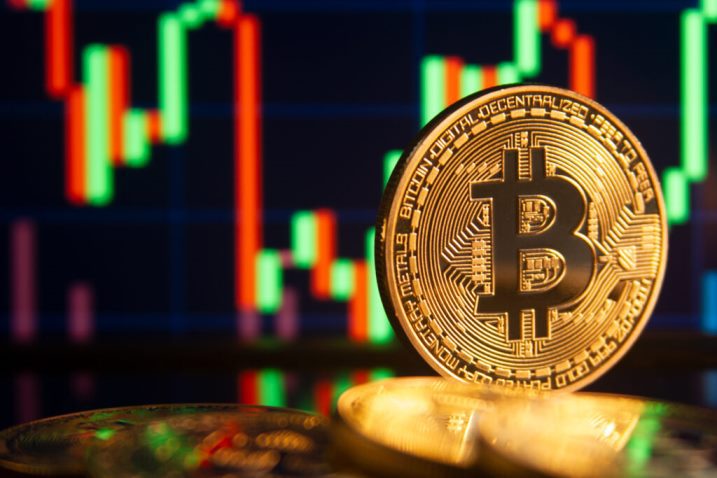The blockchain world is changing, and it has become extremely popular, and it’s safe to say that the applications are becoming more evident. For the same reason, a variety of brands are launching their cryptocurrency networks, but many of them are struggling with scalability issues.
Scalability is one of the most critical pillars of blockchain networks, which can adversely influence the operability and expansion of the blockchain networks. In addition, decentralization and security are two other challenges. So, with this article, we are sharing the issue associated with scalability and how layer 1 tokens can help!
The Dilemma of Scalability
When it comes down to the dilemma of scalability, it is defined as the ability of blockchain to juggle or manage the organic properties that create the fundamental principles, such as decentralization, scalability, and security. It states that blockchain technology will only have two properties rather than all three characteristics.
For this reason, the currently available blockchain technology will have no choice but to compromise on one of the essential principles. For instance, the Bitcoin blockchain is only able to manage and optimize security and decentralization, and it’s compromising on scalability.
Understanding Layer 1 Blockchain Tokens
To begin with, blockchain scalability is defined as the expansion of a blockchain network in the digital space, with respect to processing power and transaction processing speed for accommodating the integration of new apps and enhancing the user operations.
With scaling, the blockchain networks will have a competitive edge with centralized networks for managing the app buildup, transaction volumes, and user engagement by offering great features and better processing. On the other hand, if we look at the technical aspect, scaling is defined as increasing the throughput rate (it’s the measurement of the number of transactions in a second).
One way of fixing the scalability issue is by introducing layer 1 technology. To illustrate, layer 1 blockchain is defined as the set of solutions that enhances the base protocol to make the entire blockchain system more scalable. As far as the implementation of layer 1 blockchain technology is concerned, there are two approaches, named sharding and consensus protocol, such as;
Consensus Protocol
The layer 1 blockchain technology protocol must be decentralized, scalable, and secure. For this reason, the first optimal approach is consensus protocol. This is the proof-of-work mechanism for Ethereum and Bitcoin.
It is meant to achieve the security and consensus for decoding the complicated algorithms associated with the crypto world. However, there are two primary issues associated with it, such as resource-intensive and slow speed.
On the other hand, proof-of-stake is another consensus mechanism that has a distributed consensus on the blockchain network. The users can authenticate block transactions on stake. While this consensus technology is incredibly fast, there are chances of security lags.
Sharding
Sharding is another technology that’s been ported from a variety of database sectors (the distributed sector) and has layer 1 solutions. It is more of an experimental approach in the blockchain industry as it includes the breaking up of the network into shards, the separate database blocks. In simpler words, the blockchain system and network will be more manageable.
In addition, sharding optimizes the current requirements for nodes for handling and processing the transactions for maintaining the network. This is because the shards are processed in a parallel manner, promising great processing features for freeing up the processes.
Common Layer 1 Tokens
The layer 1 tokens have become extremely common in the past few months ever since the launch, and the most famous ones are already up on Crypto Bot, such as;
- Solana
- Cardano
- Terra
- Polkadot
- Polygon
- TRON
- Algorand
- Avalanche
- Ethereum
Purchasing The Layer 1 Tokens – The Right Process
Now that we have shared enough information about the layer 1 blockchain token, let’s see how you can purchase it. For this purpose, you’ve to make the fiat deposit through the digital wallet, and don’t forget to check the fiat channels (yes, you can also convert the fiat currencies). Once you’ve money in the digital wallet, you can purchase these tokens.
The Bottom Line
Scalability remains one of the biggest hindrances in the global adoption of cryptocurrency. However, with the increasing demand for cryptocurrency, there is also pressure for scaling these protocols. So, it’s high time the solution is built to tackle the scalability, and this article clearly shows why layer 1 blockchain token is the right option.



































